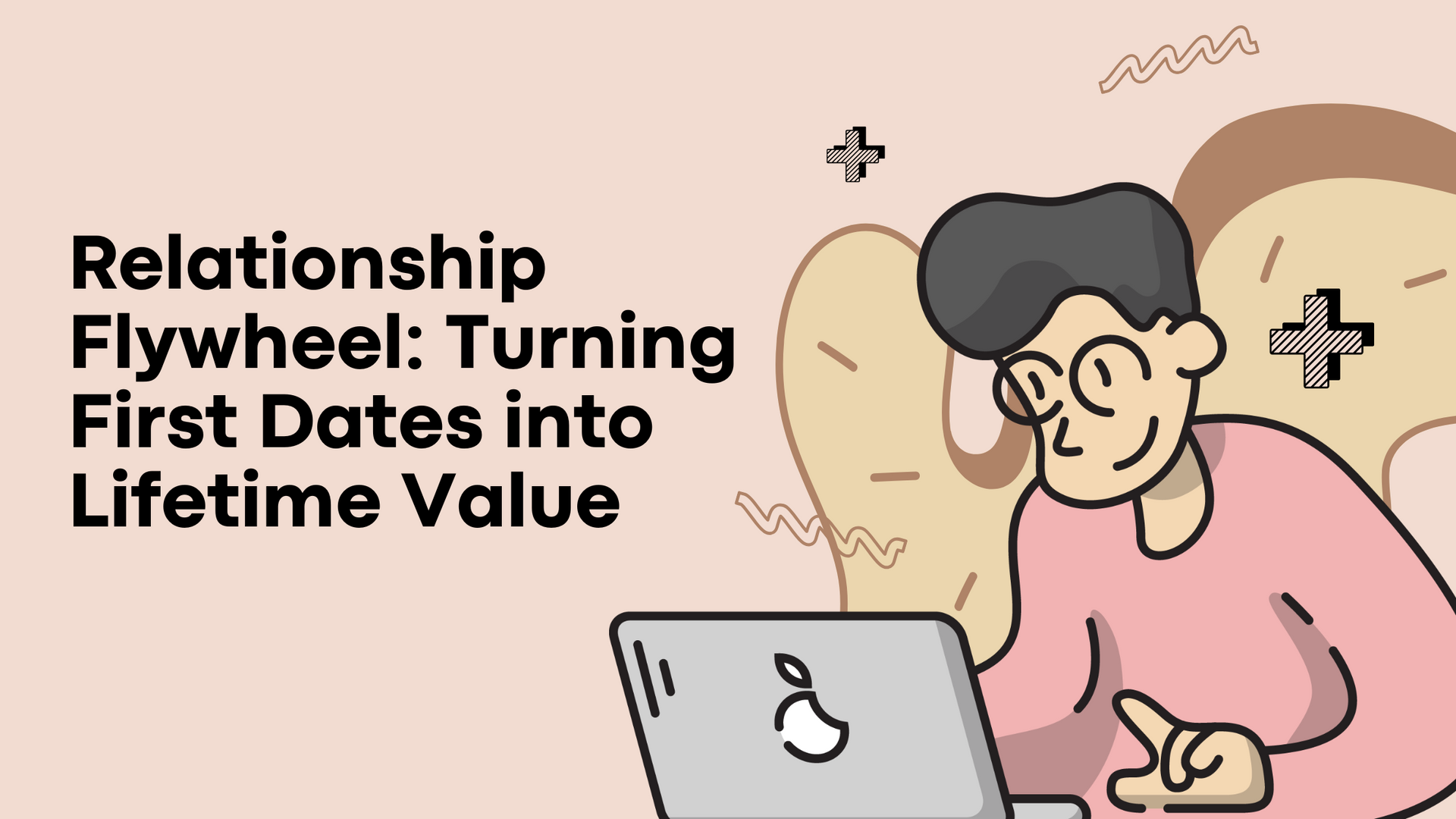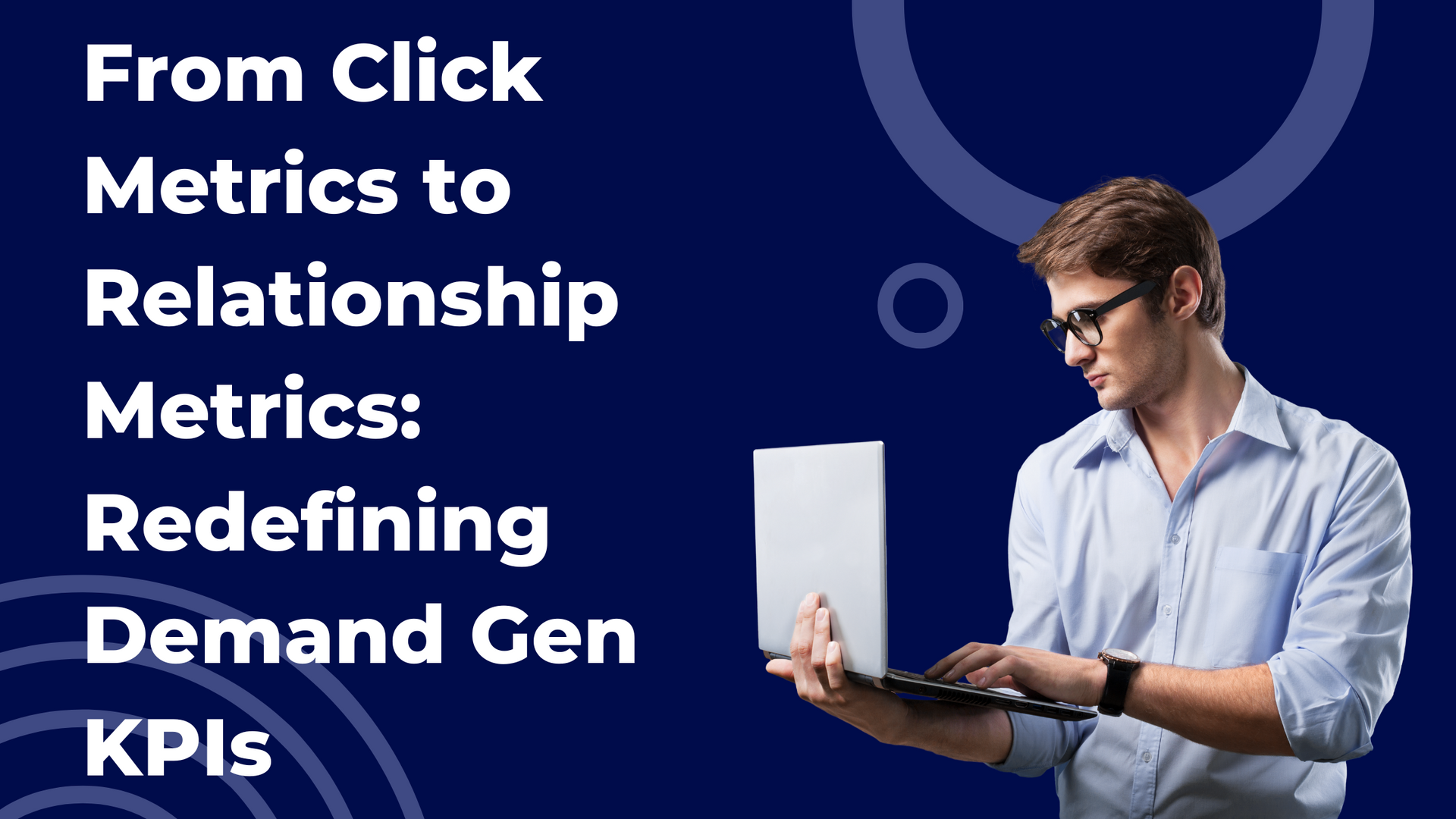Why Traditional Content Marketing Funnels Are No Longer Relevant
The traditional content marketing funnel has existed for some time. This funnel represents the stages of a typical buyer's journey. Although in today’s world all of the stages of the traditional marketing funnel are the same, the fact is that the funnel cannot be 'linear' since the customer journey is no longer linear but rather a loop. In this blog, we will explain what the traditional content marketing funnel is, its stages, and why you should choose a loop model instead.
What Is a Content Marketing Funnel?
The content marketing funnel is a customer-centered campaign that uses tailored educational content at all stages of the buyer's journey to attract and move your ideal prospective customer towards purchasing.
It's termed a "funnel" because, like a "V," your prospects enter at the widest point or top and progress toward a smaller path, where only the best-fit customers proceed towards a purchase.
Stages Of The Content Marketing Funnel
The content marketing funnel includes three stages, and each stage requires the creation of a particular type of content to meet the needs of the customer at that stage of your funnel.
Stage 1: Top of the Funnel (ToFu) or Awareness/Discovery Stage
The ToFu is the lead generation stage, also known as the Awareness or Discovery stage. Content marketing activities at this level, like a real funnel, are aimed at collecting new and curious potential customers. ToFu content is usually the first time a product or service is introduced to a potential customer. At the ToFu stage, common content categories include social media posts, blog content, infographics, and SEO.
Stage 2: Middle of the Funnel (MoFu) or Evaluation/Consideration Stage
At the MoFu stage, customers are tuned in and actively contemplating your product or service, which is why it is also called the Evaluation or Consideration stage. MoFu content is focused on delivering detailed product information, demonstrating how your product outperforms competitors, and emphasizing why customers should choose your product. At this stage, common content categories include content pieces that are informational and instructional in order to answer any questions a MoFu customer may have about the company.
Stage 3: Bottom of the funnel (BoFu) or Decision/Purchase Stage
At the BoFu or Decision or Purchase stage, customers are willing, able, and eager to buy – all they need is one final push. As a result, BoFu content is largely focused on generating conversions and will typically use a tone of urgency to elicit immediate action. At this stage, common content categories include sales articles, testimonials, case studies, customer stories, etc.
Why It’s No Longer a Good Idea to Use a Traditional Content Marketing Funnel
The problem with the traditional content marketing funnel model is that it assumes the buyer's journey ends when they make a purchase. It completely ignores the post-purchase experience of a customer. As you are already aware, getting a new customer costs 5 times more than retaining existing customers. So wouldn’t it make sense to focus on the existing customers as well? This is where the loop model comes in.
The post-purchase behavior stage of the buyer's journey is significant, and the content marketing loop uses content suited to that stage to foster loyalty, retention, and—most importantly—advocacy.
A loop differs from a funnel in that it never ends and is always evolving. When businesses invest in cultivating brand loyalty with current customers and producing content that is simple to share, those loyal customers will act as genuine advocates for the brand or product, automatically cutting customer acquisition costs. The post-buy phase, advises customers to determine whether a product they've bought meets their expectations and justifies a subsequent purchase. Each time a need for a purchase pops up, the loop cycle is repeated.
In conclusion, in addition to the steps present in a traditional marketing funnel, the content marketing loop also includes an additional stage known as the post-purchase or retention stage.
How to Create a Content Marketing Loop in 2 Easy Steps
To create a content marketing loop, follow the steps below:
Step 1: Create a Strong Foundation
Before creating a retention stage, make sure that the ToFu, MoFu, and BoFu stages have a strong foundation. You can't establish a retention plan until you have a solid client base to retain. Therefore, the initial phase must focus on encouraging client acquisition and fostering brand loyalty.
Step 2: Identify the Channels and Types of Content That Encourage Advocacy
Since advocacy is a key component of the retention stage, you must be able to create material that is focused on it. Whether it's educational blog entries about your industry niche or witty Instagram posts that strive for relatability and authenticity, start creating content with the advocacy stage in mind. Try out various content types to see which resonates most with your brand-loyal audience and receives the most shares. Keep in mind that a customer's journey doesn't end with a purchase. Include marketing materials targeted at repeat customers. Surprise and delight can lead to both upsell and advocacy.
We hope that this article helped you understand the content marketing loop better. Understanding that the buying process is more like a loop than a funnel can help marketers impact both prospective and current customers more effectively. For more blogs like this, check out Falconics.




